Environmentalism chapter 3 - Oil Destruction Amazon, Yasuní National Park
ECUADOR’S BLOOD OIL
The Amazon Rain Forest hosts an abundant of biodiversity and sensitive ecological system that thrives of the natural lands of rotten vegetation and spring minerals plus to the fertile soil and humid environment that allows medicinal plants to saplings and trees to many species of flora and fauna to thrive, hoting some 15 tribal units.
Masses of animal and plant life reside in the Amazon and Ecuadorian “owned” forest from bromeliads orchids, lilies to cocoa caster and fig tress to Cobalt-Winged Parakeets, Red Howler Monkey, Tree Monkey, Jaguar, Sloth’s Frogs and Eagles and the famous Anacondas and other sub border serpents of the Amazon jungle. Ecuador owns roughly 8% of the Amazon that’s now placing the forest in great danger once again even after Chevron/ Texaco virtually destroyed the area in the 1960′s-70′s.
The Amazon was quoted to be just over two thousand years old as stated by Geologists in 2012 that was studying land mass and the equator however we and other environmentalists believe that Amazon has existed for some millions of years which dates back to the Eocene age that’s some thirty four and a half millions old. The Eocene age marks the the emergence of the “first” real mammals which the Dinosaur was evident within this time frame of which the end of the Eocene period ended at the Grande Coupure wiping out some millions of the first mammals that walked upon the earths surface.
The name Eocene comes from the Greek word meaning (Eos) = Dawn and (Kainos) = New, and refers to the “dawn” of modern (‘new’) mammalian fauna that appeared after the first and only apocalypse thus creating a new but smaller breed of mammalians to human civilization that started the beginning of earth today..
Located in the upper section of Brazil south of the Equator. The Amazon River is located two to four degrees south of the Equator, the complete forest area in size is truly massive. Totaling just under seven million square kilometers you can fit Great Britain in to the forest an estimated 23 times. Great Britain is estimated at 229,800 thousand Km 2 The total mass of the Amazon is roughly in acres 1.4 billion acres.
Brazil owns 60% of the Amazon rain forest along with 13% owned by Peru, 10% owned to Columbia, with very small amounts of the forest owned by Venezuela, Ecuador and Bolivia, and Guyana, Suriname and French Guiana. The Amazon is the largest soil and animal rich rain forest in the world that makes up 90% of all the rainforests on planet earth to.
The Amazon rain forest the largest on earth doesn’t just consist of “millions” of tree and plant life forms it also has running through it the Amazon river which is the second longest river in the world, and by far the largest with water flow. The Amazon river has the largest drainage basin in the world that accounts for approximately one fifth of the worlds river flow standing at roughly 7,050,000 square kilometers
There are roughly a dozen tribes that live in the Amazon rain-forest that total approximately 200 people per tribe that cover vast areas of the Amazon although this could be incorrect with more being located yearly, it truly is difficult to evaluate as of the sheer size and density of the forest.
Many tribes have different cultures and traditions that are passed down to all other Amazon tribes family young and elders. For example, Yanomami tribes are the largest tribe in the Amazon today and they have different traditions from the Caboclos, Witoto, Manioc, and the Kayapo. Like the Yanomami is the Caboclos. The Caboclos live in the Amazon too. They are very skilled hunters. The Caboclos are very good cookers too. They are very wise and can live in the Amazon with out any problems. One tradition is that the Witoto tribe eats the meat of the people they kill and use their bones as souvenirs or to make weapons and ornaments. It is very difficult to ascertain tribal behaviour on finding new tribes as of our own diseases being passed on to them that they themselves have not been exposed too. One sneeze could kill an entire tribal family in weeks.
Within the last to years environmentalists have located another two tribes within the Amazon and in a recent press 2011 release, the Brazilian government confirmed the existence of another un-contacted tribe of about 200 people living in the Vale do Javari reservation. The reservation, located near the Peruvian border, is roughly the size of Portugal.
2011 Brazil’s National Indian Foundation, known by its Portuguese acronym FUNAI, first noticed clearings in the forest using satellite maps. But it wasn’t until April that an airplane expedition was able to confirm the tribe’s existence in 2012 making the numbers of tribes up to 12 or possibly more we believe there to be 15 with one now missing.
However after such astonishing news in 2011 the Brazilian government unfortunately confirmed that another un-contacted tribe went ‘missing’ after drug traffickers overran Brazilian guards posted to protect its lands. No trace of the Indian tribe has ever been found after heavily-armed men destroyed a guard post in western Brazil around 32 miles from the Peruvian border.
Workers from FUNAI, the government bureau of Indian affairs, found a broken arrow in one of the men’s backpacks, raising fears for the tribe’s safety. Brazil has a policy of not contacting such tribes but working to prevent the invasion of their land to preserve their autonomy. The tribes population although small is still missing compromising all families and young children that are now all believed to be dead. The report was announced on the 11th August 2011.
‘Missing’: An Indian tribe on the Peruvian border has not been seen after guards protecting their lands were overrun by a heavily-armed drug gang”.
The Amazon Rain-forest is a moist broad-leaf forest that covers most of the Amazon Basin of South America. This basin encompasses seven million square kilometers (1.7 billion acres), of which five and a half million square kilometers (1.4 billion acres) are covered by lush green rain-forest . Over half of the rain-forest is located in Brazil but it is also located in other South American countries including Peru, Venezuela, Ecuador, Colombia, Guyana, Bolivia, Suriname and French Guiana. The Amazon represents over half of the planet’s rainforests, comprising the largest and most species-rich tract. It is home to half of all life on the planet. However the rain forest and all living matter is now again in “GREAT DANGER”.
The rain forest is now up for sale to large international oil companies that now wish to start drilling in environmentally sensitive areas that would leave the forest in a complete state of disrepair damaging the worlds largest biodiversity system, contaminating billions of liters of water a day that holds many species of fish from Inia geoffrensis (Amazon River Dolphin), Arapaima gigas (Pirarucu), Piranha (Piranha), to the Bufo marinus (Cane Toad), Trichechus inunguis, Amozonian Manatee. There are in total 2,500 species of fish in the Amazon river, more than any ocean on the planet.
The forest had been previously ruined in this area of Ecuador a super rich oil zone by TEXACO that is now named as Chevron. Chevron dumped millions of litres of oil onto the pristine forest ground and into rivers which tribal families, flora and fauna suffered dearly. Cancer, stunted growth, river blindness, skin rash and chest infection all part of the great TEXACO deliberate forest carnage. To read more on whom is fighting this you can check this Facebook group out here please support there page and demand the new CHEVRON billionaire cleans his oily hand’s up in the Ecuadorian forest the MORE voices the MORE power. https://www.facebook.com/amazonwatchnews
Flora and fauna plus two new indigenous tribes found in the forest since 2011-2012 would be treated in the same way as the Orangutan to Sumatran Elephant as “pests” from which many species of animals and plant life to peat land forest has been murdered and destroyed to make way for vast palm oil plantations to paper and wood within Indonesia and Malaysia, the big rig companies would treat the tribes and land mammals as pests thus creating more mammal displacement not to mention masses of carbon emissions pumped in to the atmosphere once again causing more suffering to those that live thousands of miles away from this utter carnage.
The seriousness of this issue has shocked us more now and is on the same scale of the the drilling that may take place in the worlds coldest climate, Antarctic. We have been viewing and monitoring the rapid deforestation on a grand scale for some years and the rate of forest land coupled with the humongous amounts of carbon emitted when peat land is disturbed of which is now becoming more of a concern that now requires everyone’s help in halting this once and for all.
Petroleo Brasileiro SA a geologist has quoted that the Amazon holds within deposits in the “Atlantic Ocean” an approximate 123 billion barrels of oil with more “super rich crude oil fields” on the ground within the Amazon within Ecuadorian owned terrority. There is now a proven 18 billion barrels of crude oil that lies within the Ecuadorian owned Amazon under the Yasuni National Park. The Yasuni National Park is not the only concern though.
Quoted above I have explained that the Amazon is still mostly untouched, however we believe that Shell and other smaller American oil giants are now planning on pulling a fast move here by deliberately exploring for oil within the Yasuni National Park knowing damn well that just over the Curaray border lies “massive crude oil reserves” on a scale that would keep America and China ticking over for thousands of years. Yasuni National Park also contains 15 families of the Kichwa community that live within “Block 31″ sector where the desired oil drilling is to take place should funding not be met.
For the time being no “working” oil pipe lines have been laid with the Yasuni National Park or better named now as “Block 31″, what we do know is that roads are being built within this environmentally sensitive area named as the Petroamazonas Road with an oil pipe line that’s just outside “Block 31″ that holds five families of the Waorani indigenous community in and around them causing much disturbance as the pipe lines are above the ground. Looking closely at the map we can see that there is another pipe line snaking its way from the Tiputini Biodiversity Station that’s interlinked with the Eden Yuturi Road not far of Napo.
Detailed map above shows Block 31 in more precise detail - Maxus road is not listed on our maps nor is it in the same geographical location as stated above. The road that does run in to this area though is actually named as Petromazonas Road
The above maps details in brief the areas that the Ecuadorian government wish to now seek oil. One can clearly view that the Yasuni National Park lies on the border of the “un-leased oil block” and should oil drilling prove successful for the companies and governments involved then the un-leased block will turn in to leased immediately overnight. There is also gas lines that are now concerning us more of which I will go into more detail in chapter 4.
Rivers within this zone to will also be effected not to mention poaching increasing from opened access roads that Shell obviously doesn’t care about as it simply wants the quick oil cash. What we are viewing here is a type of encompassing effect. The governments and companies know the oil is there which they have slowly made their way to the Ecuadorian owned block again. Should they then prove the area to be fine with natural 100% deposits within the national park and rich in reserves it’s not going to help Ecuador’s flora and fauna and the new found species found within the last 1-2 years in the park.
Knowing that the Ecuadorian government owes billion’s in unpaid loans and knowing “Block 31″ is going to cover most of that if drilling goes ahead yet again this time in a very sensitive area, the government leader of Ecuador announced in late 2011 then again in 2012 that he would “accept large compensation” payouts instead of drilling thus relieving the debt that the country owes. This is just political blackmail though that in reality is just showing that The Hon President Rafael Correa is really just a criminal that doesn’t care about the environment nor the impacts upon communities that would be considerably harmed from oil drilling causing massive habitual destruction.
Environmental Concerns
- Habitual destruction
- Indigenous forest tribes displaced or wiped out
- Air and noise to river and soil pollution
- Soil erosion
- Massive carbon emissions that would have a detrimental effect on forestry and plant life
- Oil spill to catastrophic land loss
- River pollution and soil pollution
- Poaching
- Illegal deforestation
- Medicinal horticultural species wiped out
- Species destruction and extinction
- Narcotic gangs moving into “worked zones”
- Health
Listed above are just some of the main concerns that we have for the area of the Yasuni National Park, however there are more outer park concerns that would involve the indigenous and non native tribes within areas of exploration interest that scientists have still yet to uncover that could benefit ourselves from learning more on how the planet evolved instead of drilling for gas and oil destroying these zones making it impossible for any sterile explorations to be undertaken.
The Yasuni National Park holds many diverse species of flora and fauna that have only been discovered within the last two years by geologists, environmentalists and botanists, in total there have been an estimated six hundred new species of just bird life within the park plus a staggering 100,000 insects that live within just two and half acres making this a massive ecological find that we must not see compromised just to fill the filthy rich. Please view the video and some of the species photographed below that have been located in a small part of the Amazon that holds such an abundance exciting new life.
Aotus vociferans
Pithecia aequatorialis
This stunning species of bird is still yet to be formally classified by scientists that believe it to be a form of “Peacock”
Looks beautiful, however this is a time lapsed picture that the Photographer Tim Lamen explains
“A fiery glow in the sky over Yasuní, revealed in a long exposure, comes from the flares of oil wells burning off gas. With oil operations creeping ever closer, the possibility of destruction hangs heavily over the last untouched corner of this primeval forest, we must not allow the destruction to continue or reach the forest”
To some it may seem “non vegan correct” to the environmentalist this is natural and all vegetarians and vegans must not forget that this is still a natural way of living that goes back some 2.5 million years, “Armed with spear, shotgun, and machete, Minihua Huani (at left) and Omayuhue Baihua search for animals near the Waorani community of Boanamo. Villagers are allowed to hunt in the park, their ancestral territory. Many still do, to provide food for their families”
Are we prepared to allow ancient civilizations be uprooted by greedy governmental organisations craving blood oil gold.
More than 12 miles of a road being built by the Petroamazonas oil company have been cleared inside the park. Conservationists are concerned because the road is meant to move oil workers and machinery into ecologically vulnerable Block 31. It may also eventually reach—and spoil—the still pristine block to the east.
This is a spill not far from the forest that is still being cleaned up even after 1976 thanks CHEVRON, this is the damage that we would be looking at but on a much vaster scale should a well erupt. We cannot and must not support this blatant disregard for our environmental and animal welfare habitat to tribal way of living, its bloody murder.
“Men from the community of Rumipamba, in the background, clean up the remnants of a 1976 oil spill. They’re glad for the work, which pays $450 a month, but they and their families suffer health problems like chronic skin rashes, possibly caused by exposure to the oil. Many people fear such pollution could occur in Yasuní if developers drill for oil”
We must preserve our WILD CAT SPECIES of the Amazon - Jaguar - Panthera onca
For the current moment we are going to focus within chapter 3 on the Yasuní National Park, then we will move on with other environmental issues within the Amazon.
The Yasuní National park is situated on the border of the Equator which is the most humid, wettest and hottest part within this environmentally sensitive area of the Amazon. Located next to Quito it holds thousands of species of life that is literally impossible to document on within chapter 3 although we will do our best throughout the course of the three year period to document on all species of life. The temperatures and climate are “just correct” for all species of life which is similar to that of a humid greenhouse that’s floor has been sprayed with water = the humidity effect or evaporation of water into vapor thus causing warming humidity that plants to mammals and reptiles thrive in.
Drilling is not the only concern though. When studying the maps and monitoring the area to viewing photographic evidence we can see that there are rivers that run through “Block 31″ which we are very concerned about with regards to a potential oil spill to basic pollution that would effect the areas from Kawymeno, moving down stream to the Yana Yaku which would have a complete disastrous effect if an oil spill to even cracked or leaking pipe occurred to a total of fifteen families consisting of 200 or more people of the Kichwa community. Moving further up but not including “potential” collateral damage if a spill occurred entering Peru we then move up the river from Yana Yaku that holds non native colonizations straight along the length of Napo province.
The total “non native colonizations that would be effected if such an event occurred of which some have already experienced spills out side of the Yasuní National Park equal a total of, but not exact total of 18 non native colonizations that both the non native, Waorani community and Kichwa communities depend on the river for hunting, transportation, bathing and laundry. The Petroamazonas road pictured above has already caused extensive damage in the area that’s crossed the river upstream in between the Yana Yuku and Napo provinces.
Should an oil spill occur in this region to even the oil refinery located next to “hundreds” of non native colonizations erupting then the effects of such a disaster would be globally catastrophic. The Ecuadorian president is hoping though for a “compensation pay out” as he quoted in 2007 asking the world to “compensate him” for not extracting oil located in the zone of the Yasuní National Park, this is environmental blackmail and now that big oil companies know the area in Yasuní National Park is “potentially super rich” then unfortunately this environmental CARNAGE will not cease and we are all now sitting on tender hooks.
Other concerns are the Petroamazonas road built by the Petroamazonas Oil company that has been cleared inside the park although not all the way we do believe that the road has stopped where there is going to be a second refinery built that would link to the northern refinery. All conservationists are now very concerned as the road is meant to move “only” oil workers and machinery into ecologically vulnerable “Block 31″ it may also eventually reach and spoil the still pristine block to the east wiping out many more species of plant life and trees and opening the Yasuní National Park up to poachers which has been made more than evident in Malaysia, Indonesia, to India, and Vietnam and Africa’s which see many animals illegally trafficked for the Traditional Chinese Medicine trade, fur and tropical pet trade.
Concerning Data Yasuní National Park
The table presented above indicates the near threatened species that lie within the Yasuní National Park, and as one can see these are just some of the most near threatened species displayed as (NT) This table also lists the critically endangered noted as (EN) all listed on the IUCN (International Union for Conservation of Nature) red watch list.
The Ecuadorian government, United States of America and geologists that source vast oil reserves are aware of this yet still wish to displace, destroy and push to the brink of extinction many species through opening roads up for construction and plant machinery to flow through to the working areas and refinery. The roads will also used by poachers thus feeding the illegal tropical pet trade, fur trade illegal animal parts trafficking for Traditional Chinese Medicine and illegal narcotics.
The world’s greatest amphibian diversity on a landscape scale is found in the upper Amazon Basin of Ecuador and Peru, and in the Atlantic Forest of eastern Brazil, according to a recent analysis reflecting distribution data and expert opinion which was assessed over an area of 3,000 Km 2. Reptile landscape richness in Yasuní is extremely high as well, with 121 species documented in the park. South American reptile landscape richness extends across the Ecuador-Peru border between Yasuní and Iquitos. Indeed, another count in northern Loreto, Peru exceeds that of Yasuni.
Considered together, the Yasuní herpetofauna totals 271 species of amphibians and reptiles and is the most diverse assemblage ever documented on a landscape scale, even higher than record totals from northern Peru (255/greater Iquitos area of ~43,425 km2). Remarkably, Yasuní harbors roughly one-third of the Amazon Basin’s amphibian and reptile species, despite covering less than 0.15% of its total area.
Recent insect find by scientists in the Yasuni National Park - Spike Headed Kattykid - Gekronte laub
Documented so far to date are 596 bird species occurring in Yasuní. “That’s incredible diversity to find in just one corner of the Amazon rain forest and rivals any other biodiversity natural living spot on the planet.”
Many specialists have also joined in to give the first complete picture of the extraordinary diversity found in Yasuní National Park. The 150 amphibian species documented to date throughout Yasuní is a world record for an area of this size. There are more species of frogs and toads within Yasuní than are native to the United States and Canada combined.”
Scientists also confirmed that an average upland hectare (2.47 acres) in Yasuní contains more tree species, totaling 655, than are native to the continental United States and Canada combined. The number of tree species rises to more than 1,100 for an area of 25 hectares. In just one hectare in Yasuní, there are more tree, shrub and liana (woody vines) species than anywhere else in the world,
Perhaps the most impressive statistic of all is that a single hectare of forest in Yasuní is projected to contain 100,000 insect species. That is the highest estimated diversity per unit area in the world for any plant or animal group ever found. Yasuni is a wonderland of untouched species of plant, mammal, reptile and insect species and this is one of the major number one reasons why we must not allow the Ecuadorian government to again take this area and destroy it.
A ruptured well of even cracked pipe as quoted would be devastating to all species of plant and animal life. The damage would be so severe that it would take many decades to clean up and even then due to the soil being so absorbent it would sit within the soil and kill anything that has lived there to any living species that moves within, tribes living by would suffer greatly from skin cancers, pneumonia, dermatitis, blindness, to death.
Taking a few steps back here though the Ecuadoran government has “promised” that IF they are compensated by the world to boost their economy then they will keep the oil under ground. A Texas journalist that writes for the Texas State University quoted “ One key recommendation is a moratorium on new oil exploration or development projects within the park, particularly in the remote and relatively intact—but oil rich—northeast corner that contains oil blocks 31 and ITT.
The Ecuadorian government is promoting a revolutionary plan, known as the Yasuní-ITT Initiative, which would leave the park’s largest oil reserves in the ITT block permanently under the ground. A lack of funding commitments, however, now threatens the proposal. ”The Yasuní-ITT Initiative urgently needs international donating bodies to step up and make it a success, or else more drilling in the core of Yasuní may become a tragic reality”. The president of Ecuador also confirmed this back in 2007 hence why at this moment “no drilling” has taken place although the roads and the pipe lines are now edging closer by the month.
However lets take a look at this a little more clearly as Ecuador is not listed as a poor nation “as such” it’s not classed as a third world poverty state either and is fairly rich BUT the government have racked up massive international debts of which many people are being fed only half the story here with a few misconceptions or should we say white lies.
Rafeal Correa in 2007 announced that the country was in a serious debt problem of exactly ten billion, President Rafeal Correa then quoted that most of the debt was in his own words “I have given the order not to approve a debt interest payment due on Monday, describing the international lenders as “monsters”. Them lenders where in fact the United States, Europe with the United Kingdom being one of second largest lenders “that he called lending monsters”.
President Rafeal Correa then quoted “That some of Ecuador’s $10bn debt was contracted illegally by a previous administration” It is the first debt default by a country in Latin America since 2001. At that time, Argentina failed to repay debt in the midst of its financial meltdown.
The re-structural debt plan as quoted in the BBC news states. “Speaking in the city of Guayaquil, Mr Correa said “as president I couldn’t allow us to keep paying a debt that was obviously immoral and illegitimate”, according to the AFP news agency. ”We’ll present a proposal to restructure the debt in order to resolve this problem as fast as possible,” added the US-trained economist and ally of left-wing Venezuelan President Hugo Chavez. His decision follows a government audit in November which recommended that Ecuador default on almost 40% of the $10bn foreign debt, accusing former officials and bankers of profiting irresponsibly from bond deals. The country’s foreign debt amounts to about a fifth of its Gross Domestic Product, or GDP.
In the past, President Correa has vowed to put money he has earmarked for spending on public programmes - ahead of paying foreign debt. Correspondents say Ecuador’s decision to effectively cut itself off from outside financing could lead to a budget shortfall, especially if the price of oil - the country’s main revenue earner - continues to fall. Oil is Ecuador’s main source of income and accounts for 40% of the worlds oil said a BBC report.
However going back to 2007 the Ecuadorian government clearly stated that he needs “funds” or in plain English he needs debt relief from other nations to stop him from ordering drilling in the worlds most environmentally sensitive forest the Amazon.
Looking at figures here from the central intelligence agency (CIA) we see that our dear fiend China is licking Ecuador wounds and placing the president in “more debt” please view the scraped document from the American Intelligence Agencies domain.
https://www.cia.gov/library/publications/the-world-factbook/geos/ec.html
Ecuador is substantially dependent on its petroleum resources, which have accounted for more than half of the country’s export earnings and approximately two-fifths of public sector revenues in recent years. In 1999/2000, Ecuador suffered a severe economic crisis as a result of a banking crisis with GDP contracting by 5.3%.
Poverty increased significantly and Ecuador defaulted on some of its external debt. In March 2000, the Congress approved a series of structural reforms that also provided for the adoption of the US dollar as legal tender. Dollarization stabilized the economy, and positive growth returned in the years that followed, helped by high oil prices, remittances, and increased non-traditional exports.
From 2002-06 the economy grew an average of 5.2% per year, the “highest five-year average in 25 years”. After moderate growth in 2007, the economy reached a growth rate of 7.2% in 2008, in large part due to high global petroleum prices and increased public sector investment. President Rafael CORREA, who took office in January 2007, defaulted in December 2008 on Ecuador’s sovereign debt, which, with a total face value of approximately US$3.2 billion, represented about 30% of Ecuador’s public external debt.
In May 2009, Ecuador bought back 91% of its “defaulted” bonds via an international reverse auction. Economic policies under the CORREA administration - including an announcement in late 2009 of its intention to terminate 13 bilateral investment treaties, including one with the United States - have generated economic uncertainty and discouraged private investment.
The Ecuadorian economy slowed to 0.4% growth in 2009 due to the global financial crisis and to the sharp decline in world oil prices and remittance flows. Growth picked up to a 3.6% rate in 2010 and 6.5% in 2011. The government in 2011 signed a $2 billion loan with the state-owned China Development Bank, received $1 billion under a two-year forward sale of an oil contract, negotiated $571 million in financing with China’s Eximbank for a new hydroelectric project, and announced plans to obtain further Chinese loans in 2012. China has become Ecuador’s largest foreign bilateral lender since Quito defaulted in 2008, allowing the government to maintain a high rate of social spending.
Ecuador defaulted on its borrowing that it quoted was due to the the previous government illegally obtaining loans from the United States and Europe plus other (unnamed) businessmen, however they “have managed to lower their” debt level with the help of our fiend China, however borrowing is not solving the problem as when you “borrow” you have to pay “quadruple” the amount back or face a few years of war with the United States and Europe with a few million innocent people slaughtered too, just for blood money pay back.
Ecuador NOW owes $748 million in debt to the World Bank and its CAF debt is $1.5 billion, according to ministry figures. Patino quoted, Ecuador wanted to extend the loan maturities and revise the interest rates on the $1.8 billion debt it owes to the IADB. President Rafeal Correa has rattled Wall Street with his promises to revamp foreign debt, what does one expect though with China involved.
So not only did the president of Ecuador make a huge mistake here by defaulting on what he stated was illegally obtained debts, he has now placed himself and the entire nation within serious monetary debt which President Rafeal Correa now see’s the only answer to this gargantuan problem is regrettably ”OIL” or YOUR MONEY.
The Amazon quoted this January 2013 is “up for sale” of which Ecuador owns just under 7-8% in total of which the American Obama-Rama Government are now planning on helping to drill although there is the “clause”.
The “clause is” we all pay higher taxes worldwide, and the governments that are “trying to keep global emissions down” will “donate to Ecuador”. How nice, and cozy, so, what we all have to do is relatively simple to President Obama and fiends, and that’s work are asses of to the bone to pay for a corrupt or shall I say “corruptive governments” mistakes of which if we are able to hit just under the $800 billion mark that China would see most of then the Yasuní-ITT Initiative would be implemented and no oil will leave “that area of the park”. Do you believe this will happen, even if the debts where payed of via donations? We don’t think so. Oil means money = happiness and of no one large nation gets it then of course eventually there will be embargoes to eventual all out war.
Yasuní-ITT Initiative is the only hope now in saving the Yasuní National Park, and if we fail to reach the donation rate then millions of animals to billions of hectares of forest will be ruined by many nations mistakes, we personally cannot see the Yasuní National Park being saved this way unless the Ecuadorian government now come up with some other initiative to solving their debt crisis. This January alone many international businesses have gone into to forced liquidation or voluntary administration due to international economic crisis, inflation and deficit.
Should the Yasuní-ITT Initiative fail then we will be losing most of this stunning biodiversity below and that’s now concerning ourselves and other international environmentalists which now THE TIME FOR ACTION = NOW and NOT LATER!
Pristine clear rivers and misty skies harboring millions of species of flora and fauna and newly found tribes.
Should even the smallest of spills occur this would cause immense environmental destruction
Rare and sensitive species such as the Sloth would be treated as pests by oil company contractors
Pipelines and roads would be snaking there way through the dense jungles displacing habitat and opening the jungle up to poaching gangs thus increasing the animal parts trade market even further. Just what CHINA wants.
Many species of plant life, and amphibious species to reptiles would be lost, peat land would be disturbed thus increasing carbon emissions greatly that the planet is already suffering from, via floods, coastal erosion, intense high and low pressures.
Hundreds of species of birds would be displaced and lost due to drilling rigs having to be built, pipes laid, noise and twenty four hour round the clock light pollution and drilling, All rigs work 24 hours non-stop.
The diagram above makes upsetting viewing, as one can see the green zones are fairly large areas of protected zones that the oil companies cannot work on, however what the International Union for the Conservation of Nature seems to be missing here is that the “leased oil block areas” of which oil shall eventually be drilled within these areas that are vast in size. For example take most of the yellow blocks and round them up together and then you have a total size of just under 70% of the size of the United States of America.
Once oil companies start drilling in these areas although “keeping out Block 31 Yasuní National Park ” to the east then the green zones will eventually become unsociably inhabited by species of animals, and insects into the protected zones thus moving out IUCN listed vulnerable and near threatened species within these zones/blocks, which in turn will cause mass extinction from species conflict not to mention “human and species conflict and poaching” as seen already in Asia and Africa in the “yellow block zones”. The orange IUCN protected areas are just as important to with some of these areas residing in the block zones for drilling.
You can read the full report here PLOS ONE Global Conservation Significance of Ecuador’s Yasuní National Park which doesn’t make nice reading if you take into account what the government of Ecuador are planning on undertaking http://www.plosone.org/article/info:doi/10.1371/journal.pone.0008767
Overall Contrast of Oil Desecration of the Amazon
The overall contrast of oil desecration in brief for chapter three of this yearly environmental organisations news and investigation documentary I have outlined below some of the damages caused in brief to the Amazon and what the Yasuní National Park could be facing if the full go ahead to drill in “Block 31″ is given.
The picture diagrams I have placed instead of detailed analysis as I personally would like you all to read for yourselves and not just take mine and other environmentalists words for it. I myself find it very emotionally upsetting and repulsive that we are going to allow one’s governments to wreck havoc in the last of the worlds most environmentally sensitive areas. I have included links with the pictures. Please note that the photographic evidence does not include the Yasuni National Park in danger “yet” but other areas that you may or may not be aware of oil and gas drilling within the Amazon.
WE MUST SPEAK UP NOW FOR THE VOICELESS OR WE WILL BE VIEWING A GLOBAL CATASTROPHIC NIGHTMARE
http://chevrontoxico.com/news-and-multimedia/2005/0424-crude-reflections
Thanks to Texaco now Chevron the big American oil giant many families of indigenous and non native tribes now live within toxic spillage areas with children above playing in toxic water to mothers washing their laundry in the rivers. The tribal people value the forests natural resources and to ruin them will be murder. 15 families of one tribe are within the Yasuni National Park that consist of just over 200 people estimated. Chevron are now trying to “intimidate” Amazon watch that are trying their hardest to force Chevron to now clean their toxic mess up.
Broken oil pipelines that are poorly maintained can leak thousands of toxic oil in to the rivers, surrounding reef beds and soil causing immense damage which in the long run is irreversible damage to thousands of species of flora and fauna to tribes to.
http://www.davidgilbertphotography.com/
Many tree’s to species of plants lay now at risk in Block 31 that will see an “Oil Chernobyl waiting to happen”
http://globalpatriot.com/2010/02/11/chernobyl-in-the-amazon/
SAY NO TO DRILLING IN ECUADOR NOW
TELL CHEVRON WHERE TO GO DEMAND THEY TAKE RESPONSIBILITY NOW
https://www.facebook.com/Chevron
https://www.facebook.com/ChevronFuelYourSchool?fref=ts
E-mail CHEVRON here and demand they get there damn act together http://www.chevron.com/contact/emailchevron/
To be continued…
Dr J C Dimetri V.M.D, B.E.S, Ma, PhD , MEnvSc

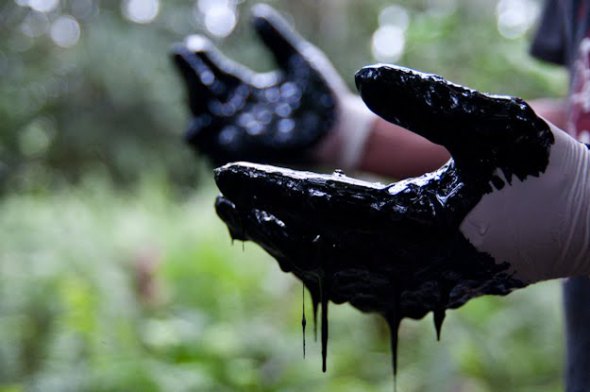
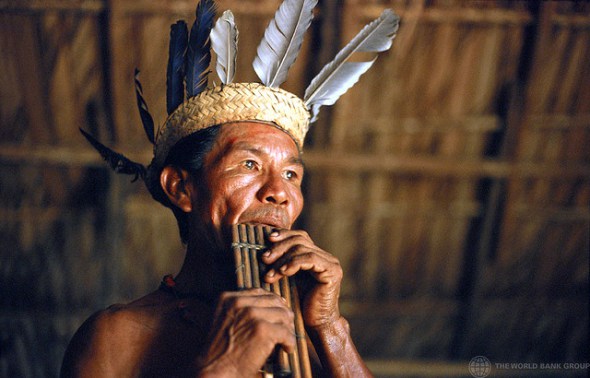
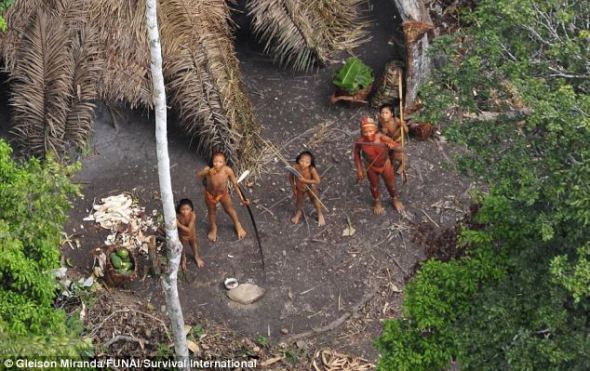
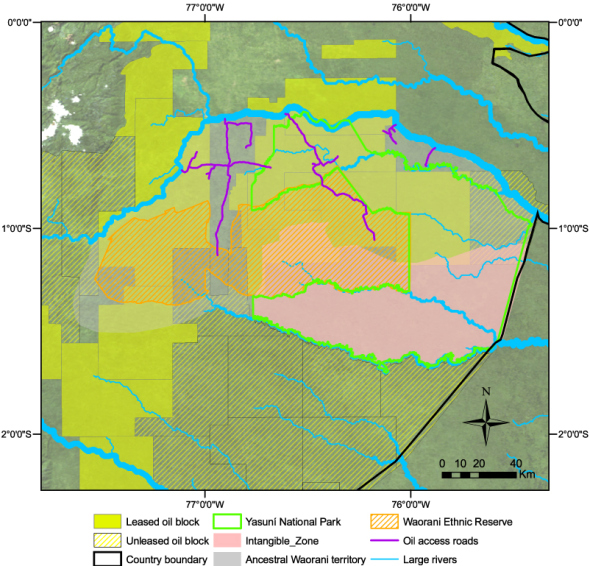
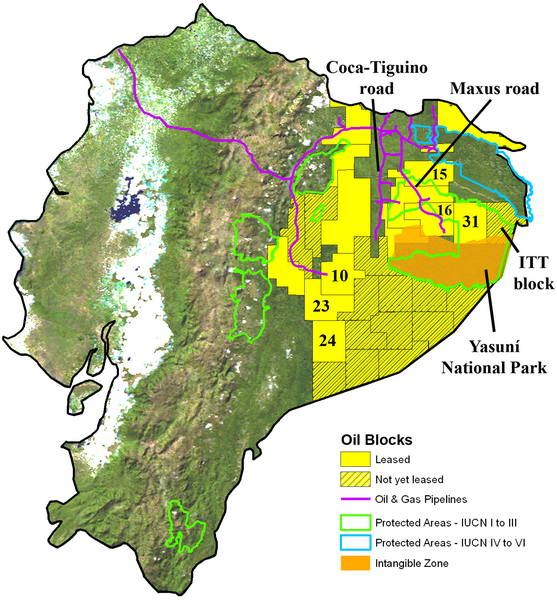
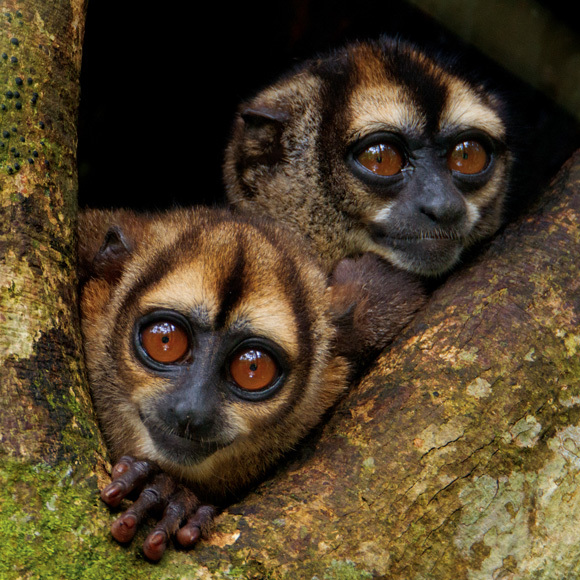
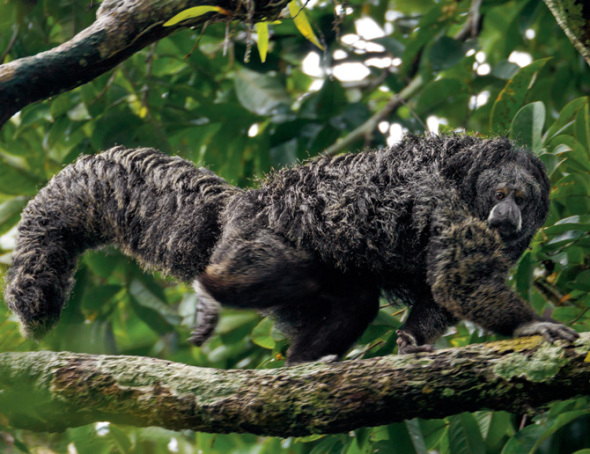
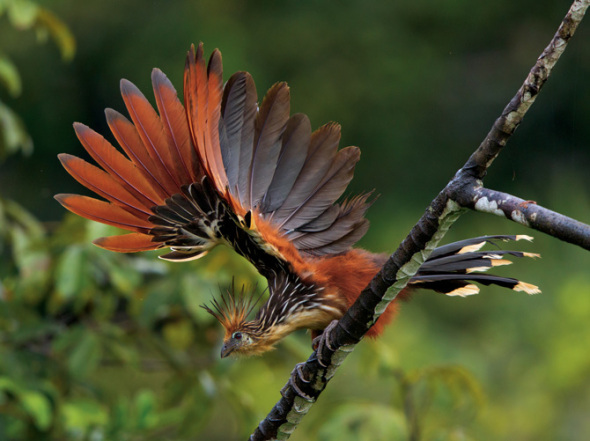
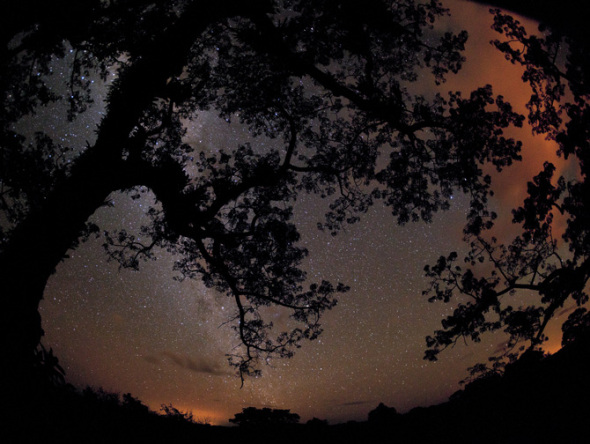
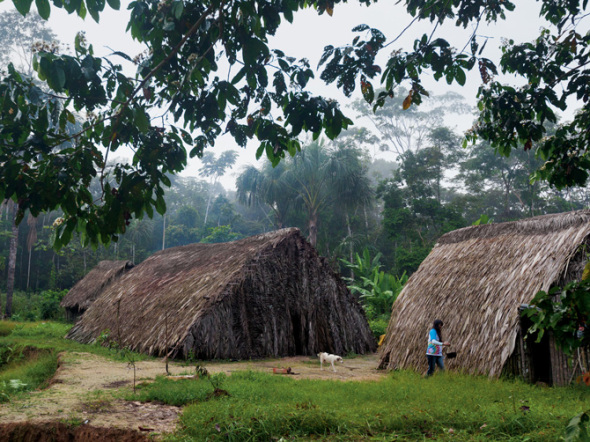
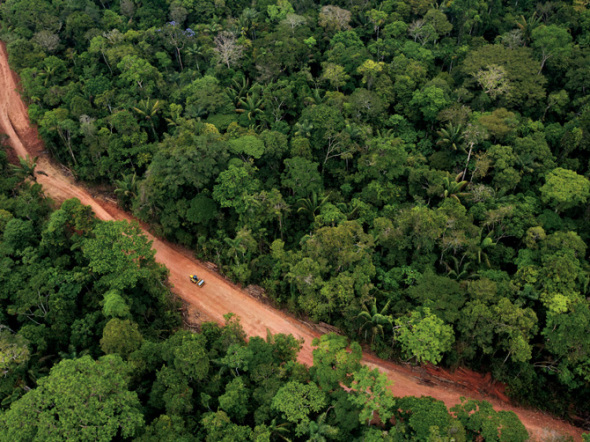
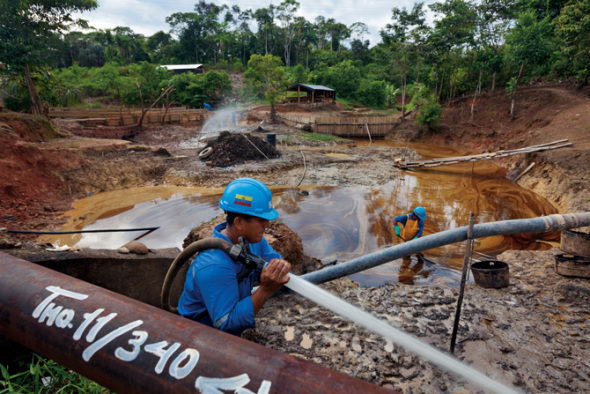
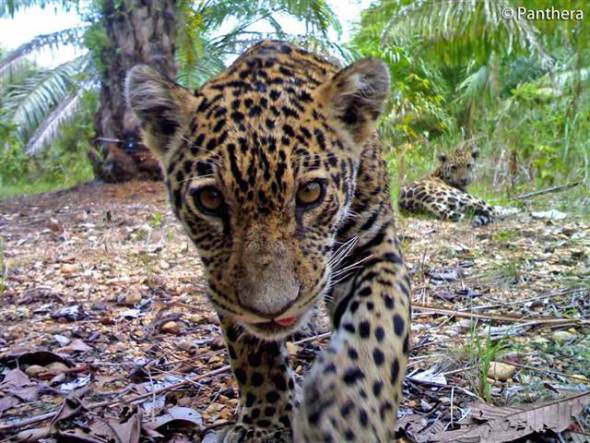
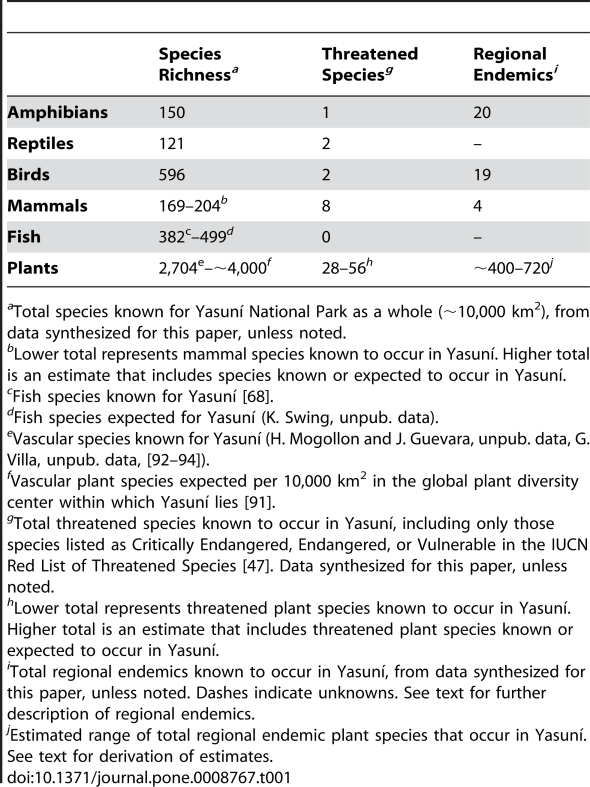
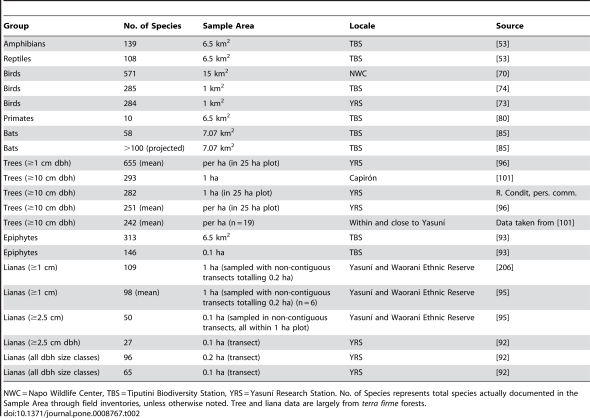
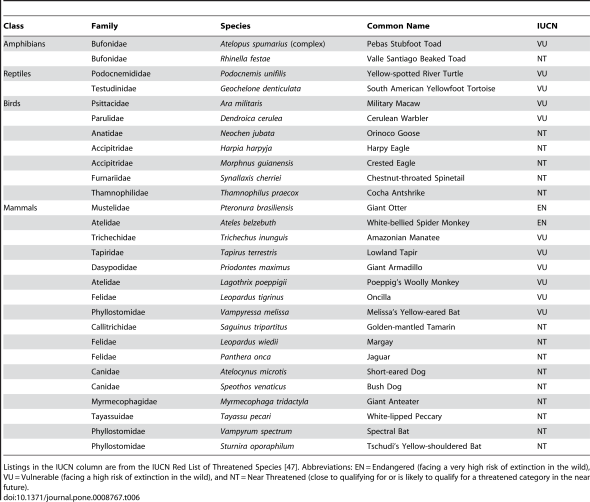
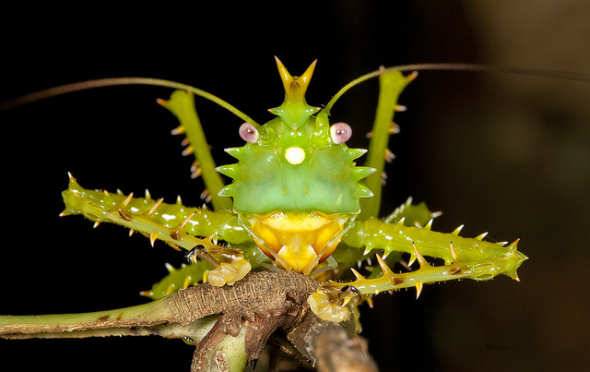
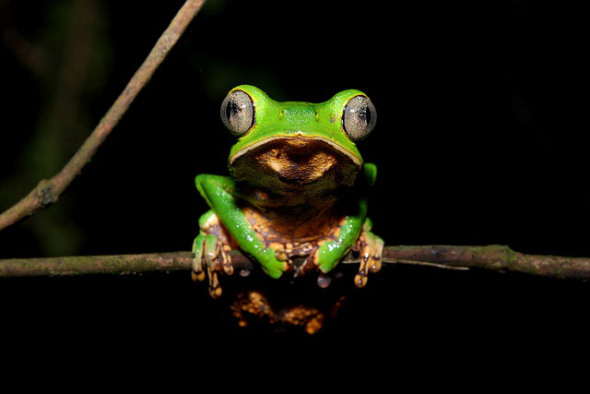






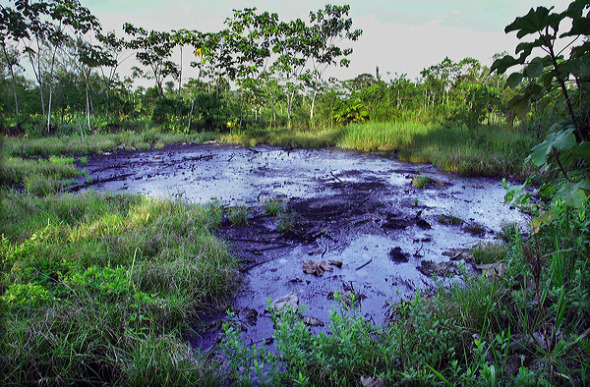
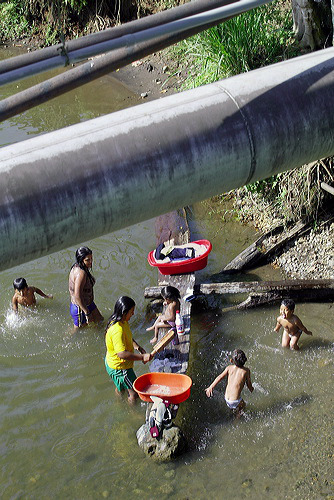
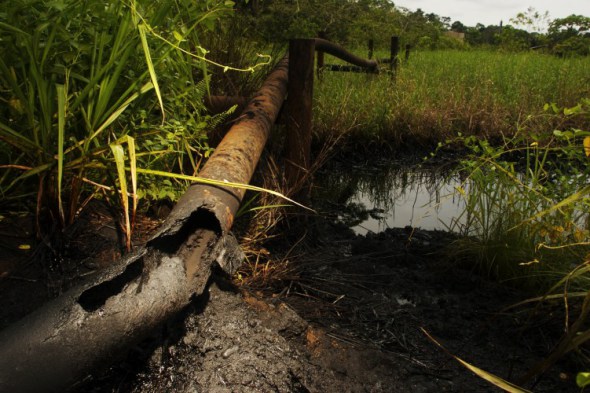
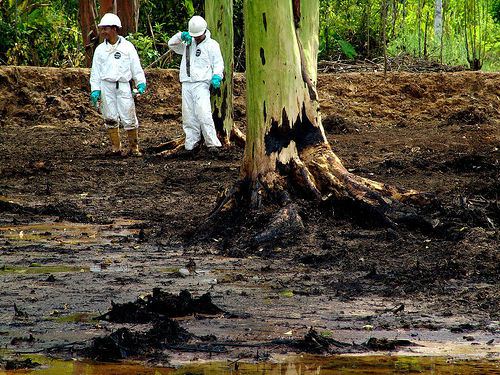


I do not even know how I ended up here, but I thought this post was great. I don’t know who you are but definitely you are going to a famous blogger if you are not already Cheers!
Cheers!
January 15, 2013 at 8:19 am
Thank you for reading.
January 15, 2013 at 7:23 pm
I got what you intend, appreciate it for posting .Woh I am delighted to find this website through google. “Success is dependent on effort.” by Sophocles.
January 17, 2013 at 9:32 pm